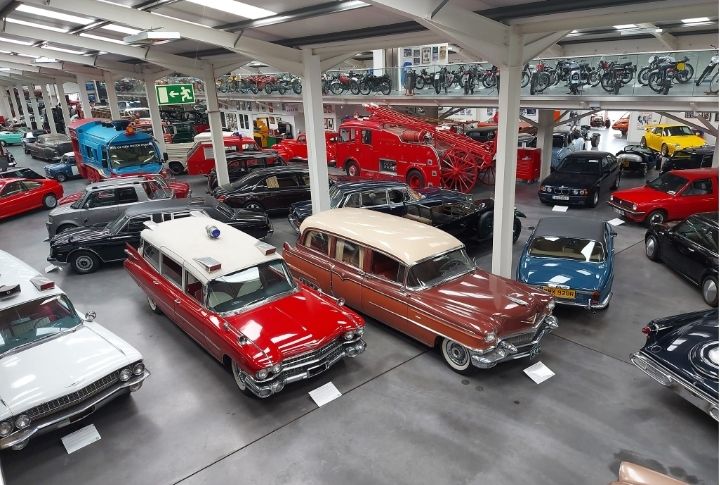
The Isle of Man Motor Museum, positioned on the scenic Isle of Man, showcases an impressive collection of vehicles, ranging from vintage classics to modern marvels and rare prototypes. With each exhibit telling its unique story of motorcar evolution and style, the museum provides a comprehensive view of the industry’s rich history and creative endeavors.
Citroën DS
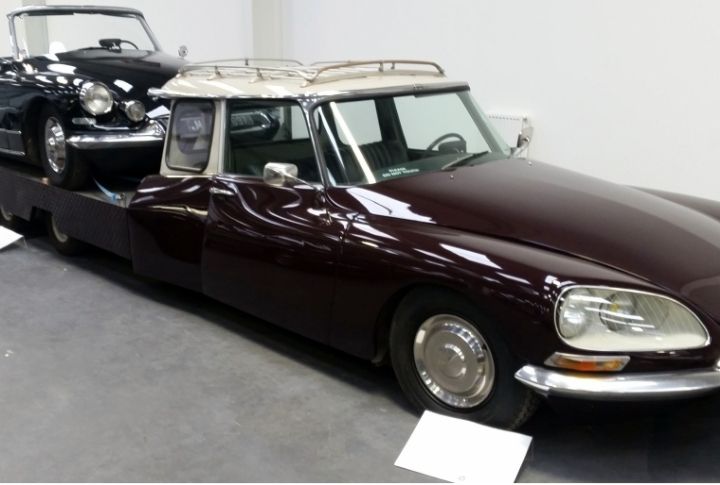
Recognized for its futuristic design and technological innovations upon its release in 1955, the Citroën DS features hydropneumatic suspension, a novelty that set new standards for ride quality and car handling. Its sleek, flowing lines and peculiar shark-like face mesmerize auto aficionados.
MGB
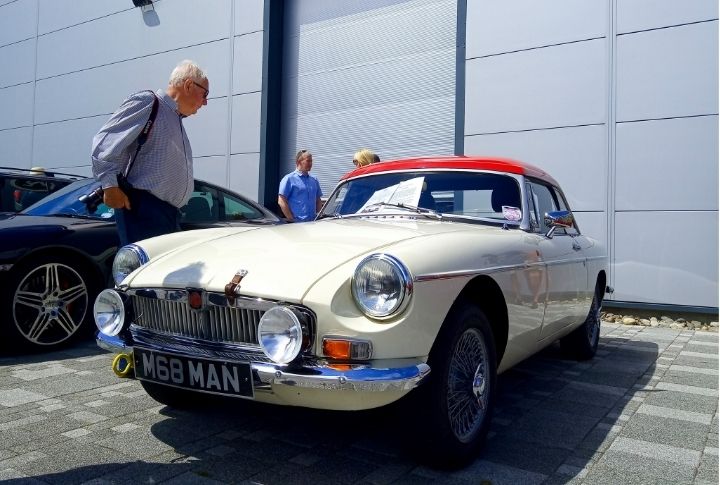
In the early 1960s, the MGB emerged as an icon of British automotive charm. Famous for its chic outlines and responsive handling, this roadster brought speedy car thrills to the everyday driver. Its enduring popularity attests to its structure and technical proficiency, which make it a beloved antique worldwide.
Bond Bug
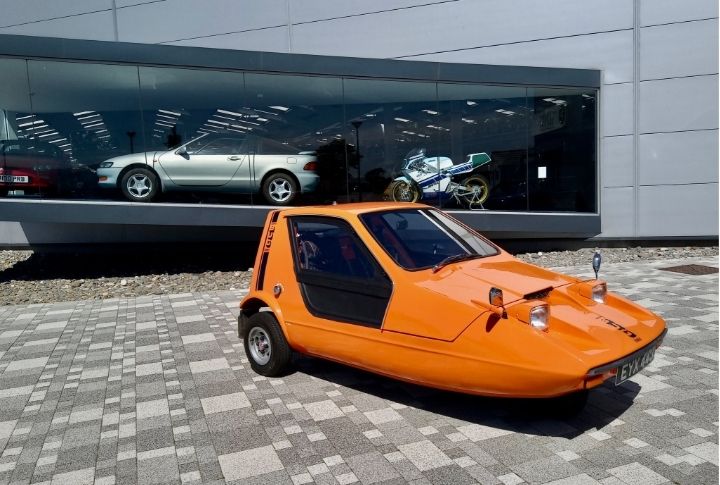
Although production was limited, the Bond Bug has gained a cult following for its spectacular styling and playful character, exemplifying the innovation and vitality of 1970s Britain. This three-wheeled, wedge-shaped vehicle aimed to capture the youthful spirit of the time. Its bright orange livery and singular tilting door made it instantly recognizable.
Suzuki Cappuccino

Suzuki’s Cappuccino was a lightweight sports car that debuted in the 1990s. This little speedster, designed under Japan’s Kei car specifications, combined a potent turbocharged engine with rear-wheel drive to deliver exhilarating efficiency. Its convertible top and 50/50 weight distribution offered a purist driving experience akin to an expensive high-speed automobile.
GM Scenicruiser

By introducing the GM Scenicruiser in the 1950s, Greyhound and General Motors set a new standard for luxury and design in American intercity bus travel. This innovative bus has a top-notch two-level structure and panoramic windows, offering passengers enhanced comfort and expansive views. Its distinctive appearance and advanced functionality made it a symbol of modern conveyance.
DeLorean DMC-12
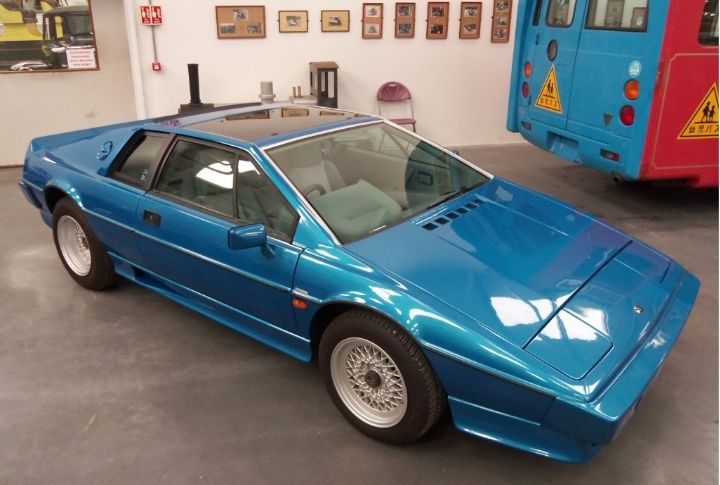
Thanks to its role in ’80s cinema, the DeLorean DMC-12 is synonymous with pop culture. It dazzles with its gull-wing doors and stainless steel finish. The car’s story extends beyond the silver screen, representing the era’s technological aspirations and challenges.
Gibbs Aquada

The Gibbs Aquada is a high-speed amphibian that can travel on both land and water surfaces. Powered by a V6 engine, it seamlessly transitions from a road car to a speedboat with the push of a button, combining maritime and vehicular technologies in a groundbreaking way.
Sunbeam-Talbot 90
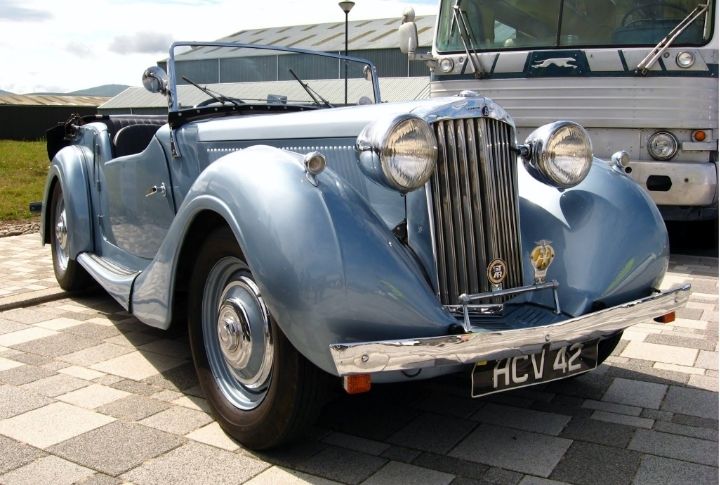
The Sunbeam-Talbot 90, first introduced in the late 1940s, is a car hailed for its participation and success in early post-war rally events. With its sleek body, flowing lines, and distinct grille, it remains a cherished antique among collectors, celebrated for its racing heritage and phenomenal British craftsmanship.
Aston Martin Lagonda
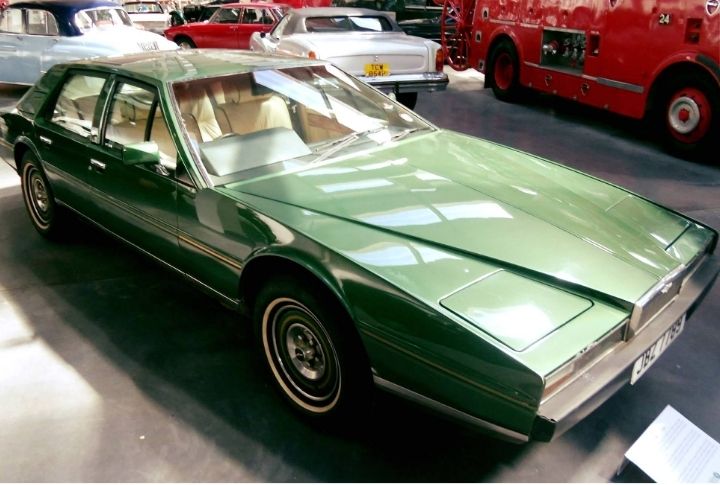
Aston Martin Lagonda became a trailblazer in automotive design and technology in the mid-1970s. Known for its strikingly angular and futuristic appearance, the Lagonda was one of the first cars to incorporate digital instrumentation and touch-sensitive controls, revolutionary features at the time.
Rolls-Royce Camargue
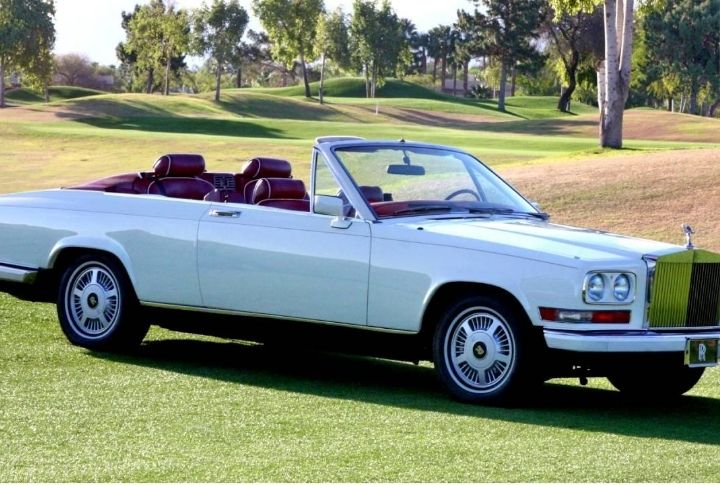
As Rolls-Royce’s first post-war model styled by an external designer, the renowned Pininfarina, the Camargue spotlighted an extraordinary blend of Italian flair with quintessential British luxury. Recognized for being one of the most expensive cars, it showcased advanced technology, including a complex climate control system that was a novelty for its era.
Austin Healey Sprite
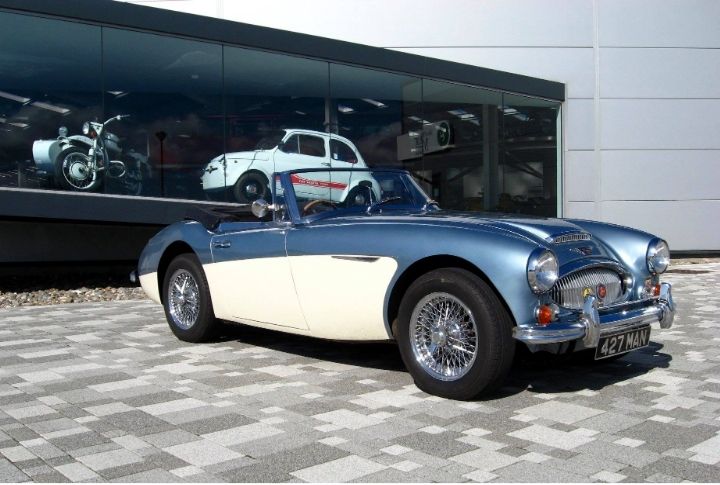
Launched in 1958, the Austin Healey Sprite quickly won hearts with its exceptionally rounded bonnet and headlights that earned it the nickname “Frogeye.” This compact and affordable sports car made spirited driving accessible to the masses. Vintage racing circles and classic car shows celebrate its playful aesthetic and agile performance.
Ford Escort RS Turbo
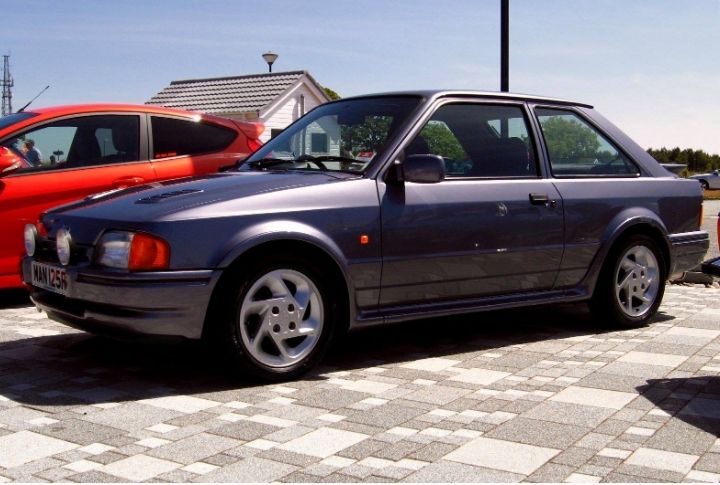
Ford Escort RS Turbo was a potent car as its turbocharged engine produced impressive power and agility. Its distinctive styling, marked by a bold body kit and striking graphics, reflected the era’s sports car aesthetics. It offered a thrilling driving experience, making it popular for rallying and everyday excitement.
Facel Vega Excellence
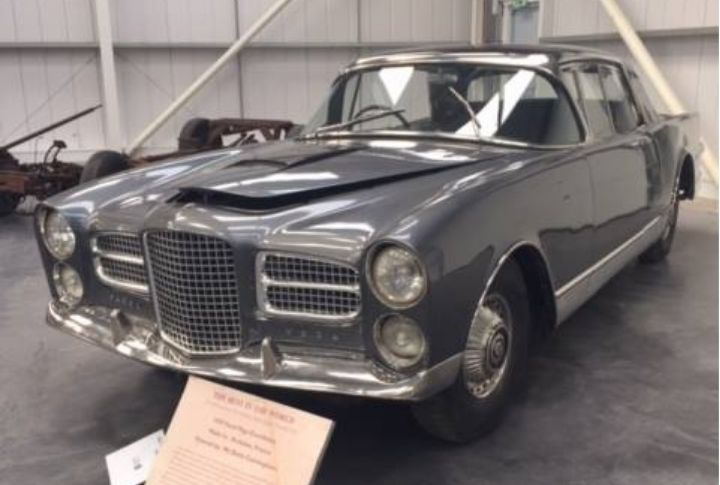
French craftsmanship and grandeur were at their zenith with the Facel Vega Excellence, released in the late 1950s. As an exclusive sedan, it had a striking low-slung form with exceptional pillarless doors and a luxurious, leather-rich interior, catering to the elite with its combination of American power and European elegance.
Peel P50

A record-breaking vehicle, the Peel P50 redefines minimalism on wheels. Referred to as the smallest car in the world, it demonstrates how space-saving composition can achieve maximum efficiency. It’s a favorite for visitors intrigued by unique, compact transport solutions. Originally manufactured on the Isle of Man, this tiny car also highlights local ingenuity.
Toyota Century
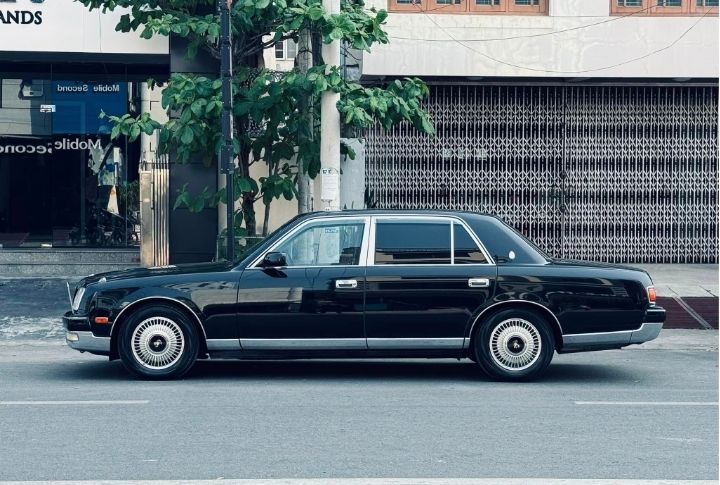
Toyota Century represents the pinnacle of luxury in Japanese automobile engineering. Initially introduced in 1967 as a chauffeur-driven model primarily for executives and dignitaries, its understated charm and superb artistry set it apart from its contemporaries. Acknowledged as a hallmark of its class, the Century exemplifies refined sophistication and status with its quietness and comfort.

Comments
Loading…